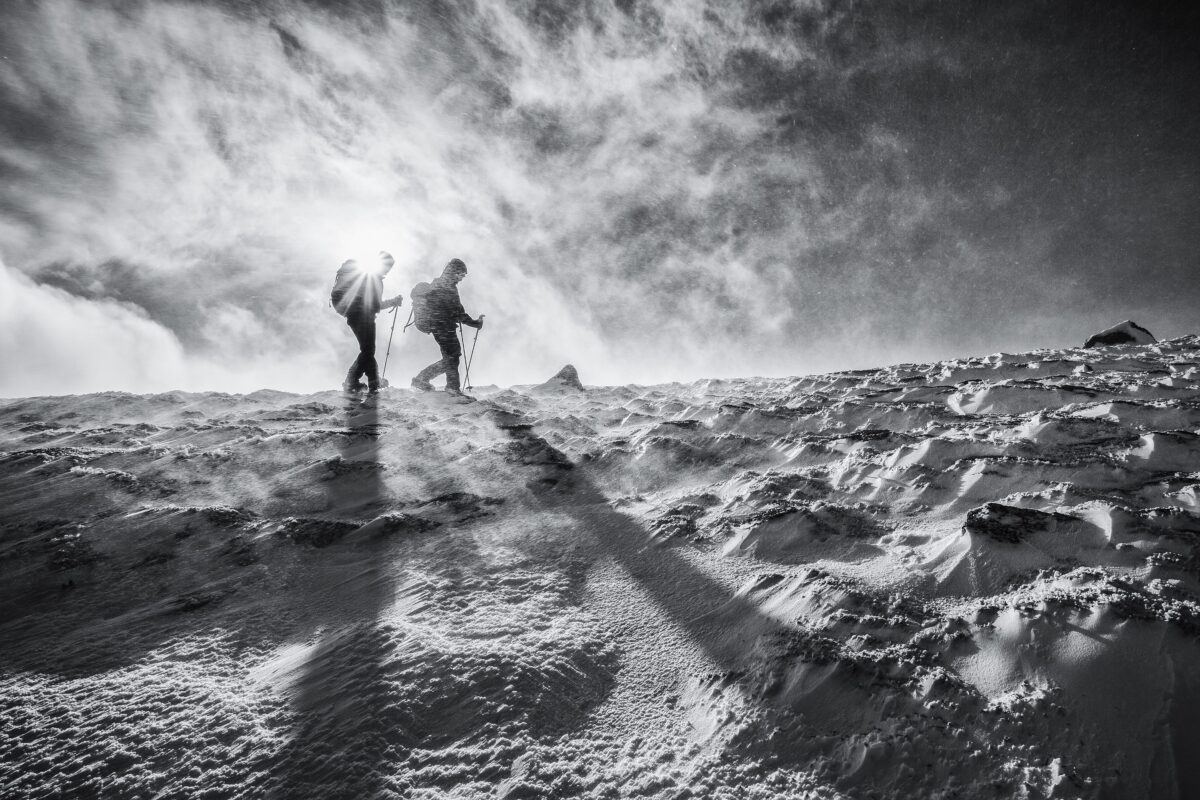Top Tips for Winter Walking
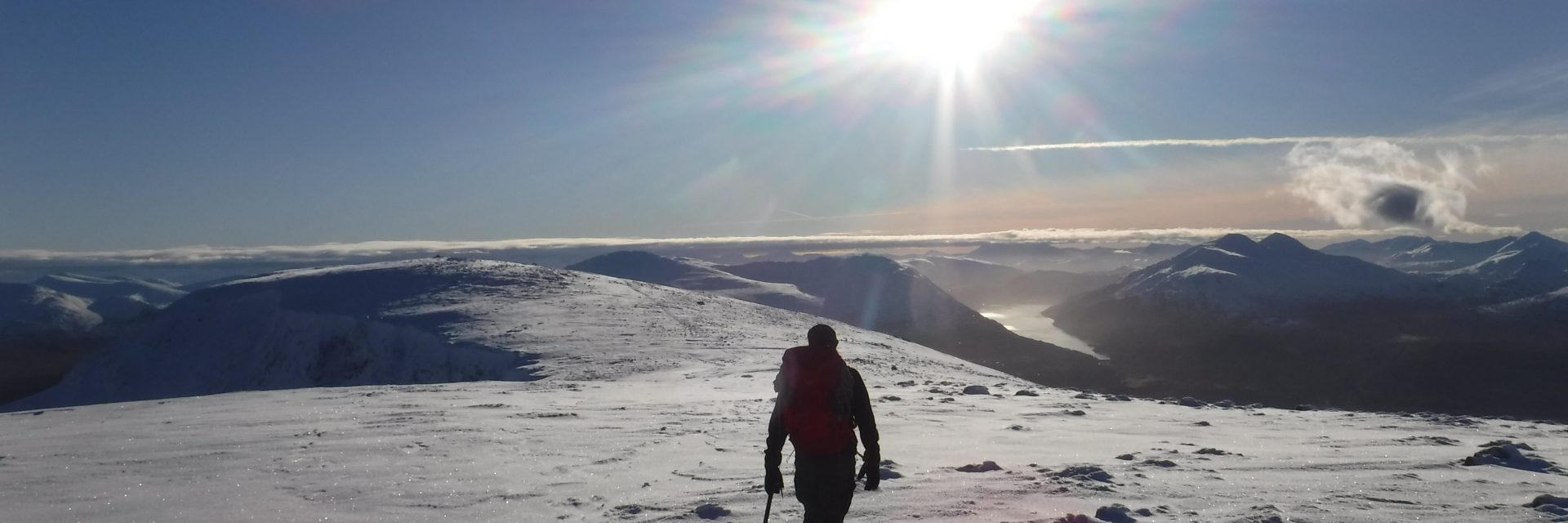
.
#ThinkWINTER
It is the start of a new winter season, many of our hills and upland areas have snow and we’re hopefully all looking forward to some good days out winter walking. You may even be lucky enough to live in a region with limited Covid:19 restrictions and therefore able to enjoy a day out on the hill.
Winter days can be the most rewarding, with snow covered mountains taking on a whole new appeal. If you are a seasoned walker or mountaineer, then you already know that the UK mountains can be under-estimated. They can pack a punch and provide us with very complex, changing conditions.
With lockdown restrictions, many of us have not been able to enjoy the same level of freedom to explore our hills and so haven’t had the opportunity to have those all important shake down Autumnal days, where forgetting that extra pair of gloves isn’t quite as unforgiving.
Perhaps you rediscovered the joys of hill walking over the summer and are keen to keep it going in to the winter months. Whatever your circumstances, get the most out of your precious time out and don’t get caught out. We’ve put together this early season reminder. #ThinkWINTER top tips.
.
Before you head out
Get planning
Maps (who doesn’t love a map), walking guide books and weather forecasts. In particular Mountain Weather Information Service and Met Office both provide mountain specific forecasts. In the winter months, the Scottish Avalanche Information Service (SAIS) also provide daily reports and blogs on avalanche conditions.
It sounds obvious, but monitor conditions in the week leading up to your adventure, these will impact on your final choice. Read other blogs as well, but be selective – how many blog posts do you read that rave about how amazing the conditions/day was – was it really? All of this will help you plan and visualise the mountain conditions that you could be faced with.
Have Options
There are many reasons why an original idea/plan may not be the right idea on the day. Have a range of options in your mind and opt for the right choice given the realities of the weather/conditions/how you are feeling. With each option, consider how long it should take and what the terrain will be. Are you on established paths, or will you be scrambling sections? How much time will your height gain add to your overall day? And are your choices compatible with your friends and their experience?
Know your mates
Weaknesses, strengths and shared experiences. Teamwork in the mountains is really important. If you all enjoy the day, you’ll have a guaranteed hill buddy for your next hill adventure.
.
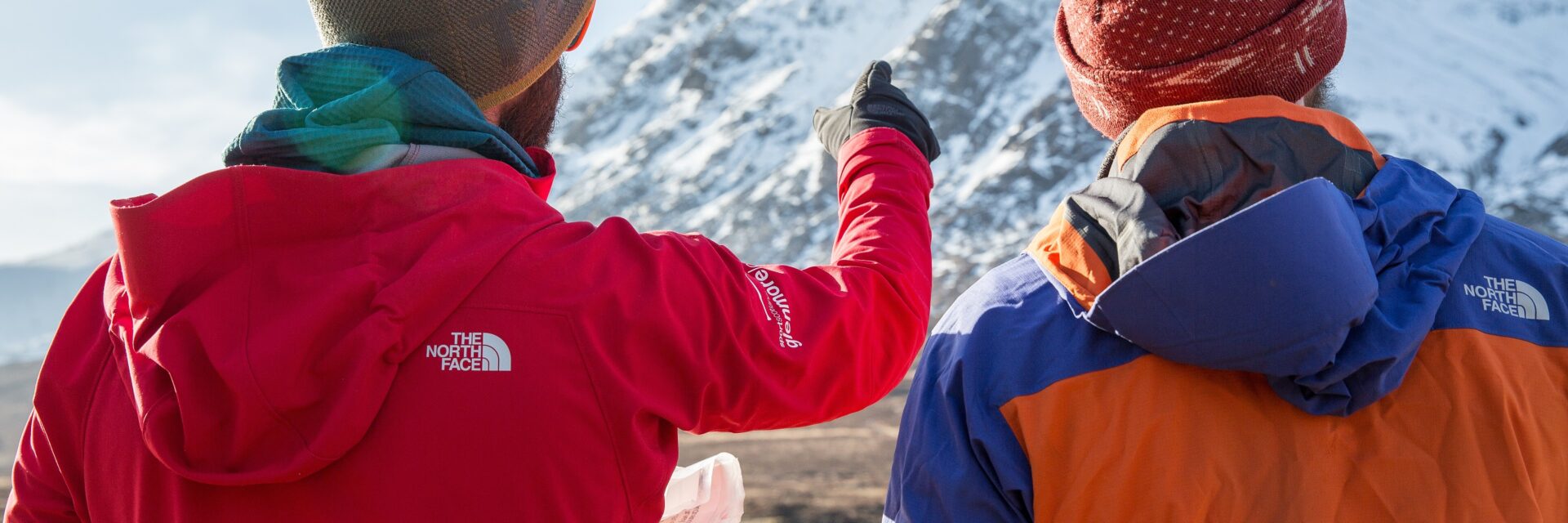
Your Kit
Carry good quality, winter equipment and know how to use it, for example ice axe and crampons. Boots need to be suitable for winter (compatible with crampons, stiffer than your normal summer weight walking boots and able to cope with snow all day). You never know when an unexpected river crossing may be needed and you’ll be grateful for the dry feet that winter boots and gaiters will help you keep!
Clothing needs to be able to cope with cold, wet or windy environments. Think layering systems. A wicking base layer, warm mid layers, insulating jacket and a waterproof jacket and trousers should be your aim, but remember to check waterproofs are suitable for winter rain, not just designed for summer use. Take multiple spare gloves – Wet hands are miserable if they get cold!
Seek out our youtube videos for advice on layering.
Check that crampons fit your footwear in the warmth of your home before heading out.
Use small dry bags to pack your kit. This will make finding that specific item so much easier than one large dry bag.
Work out whether you need sun glasses or clear goggles, or maybe both! If the forecast is a windy one, with snow, goggles are essential.
Consider Poles. Incredibly useful all year, these are a great tool when faced with deep snow conditions and for everyday mountain use will provide you with extra stability, are a bit kinder on your knees and excellent at help you cross streams.
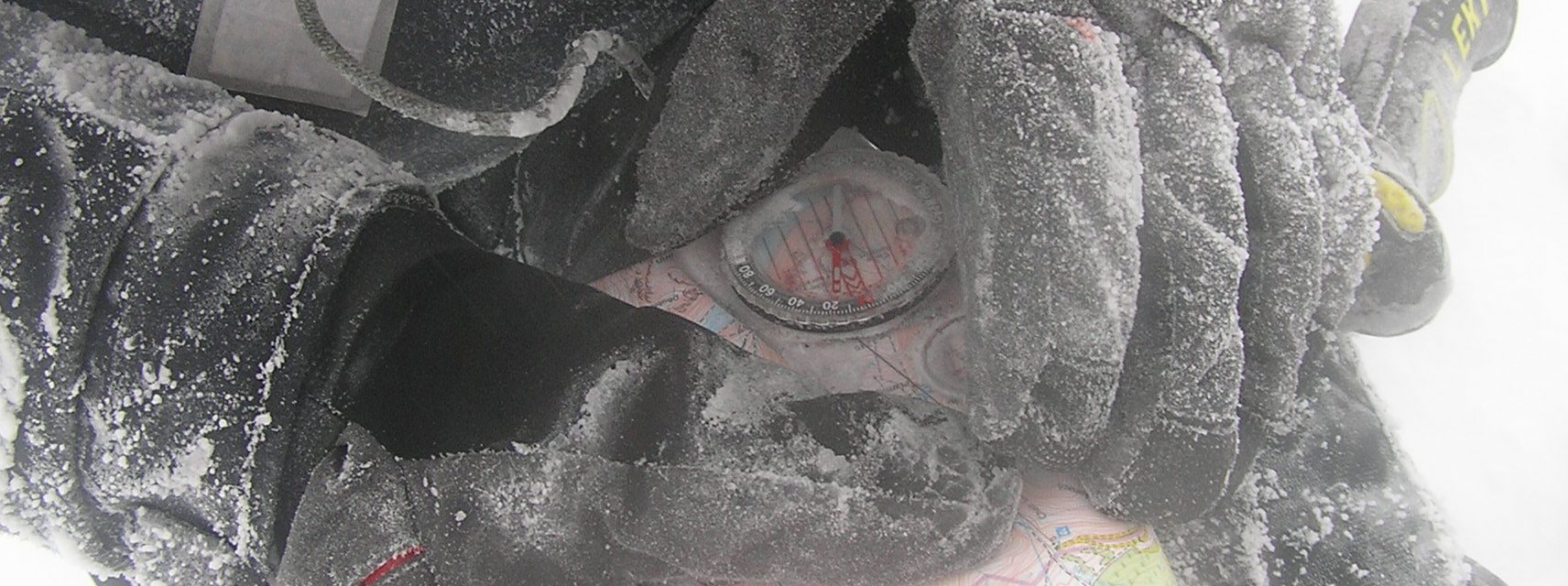
Winterise your navigation
Winter navigation is more challenging and harder than summer navigation so try to ensure that you are up to speed and well practised and have learnt the skills required. Consider carrying digital navigation tools for back up, for example apps like Viewranger and Map Memory, or maybe a GPS.
Can you navigate with and without a GPS or your phone app?
Practice navigation in all its forms – map, phone, and GPS, before heading out. Remember to keep your phone and compass separate – phones can affect the compass and may cause something called reverse polarity. Of course, waterproof cases for the phone will avoid expensive issues!
Visit our youtube channel for a range of “how to” winter navigation films.
Be prepared for a full day out. Winter conditions can be slow going and energy sapping, so the fitness of every person in your team is important. Don’t underestimate how tiring a winter hill walk can be. especially if the snow is deep.
Daylight
Particularly at the start of winter, you’ll need to factor in earlier starts to make the most of the daylight. Consider the length of day, the length of route choice and carry a fully charged head torch.
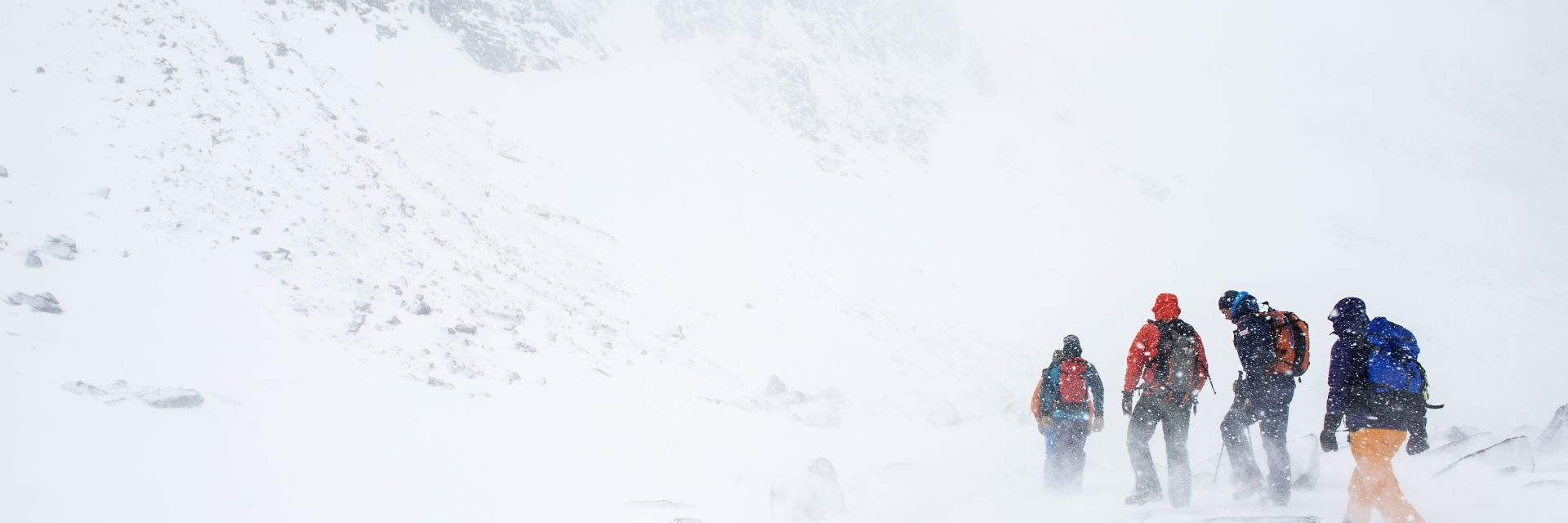
Be aware of winter hazards
It sounds obvious, but winter means cold operating temperatures, snowfall and a new world of things to factor in. Icy footpaths, Avalanche risks, cornices at the top of your hill, the potential for white out and blizzards. Don’t be daunted and don’t be put off, just learn how to manage these. A summer slope which feels steep can quickly feel perilous under snow/ice.
Get training
If you are unsure on any of the above, especially winter navigation and winter skills, then seek out a bit of training to get skilled up. Glenmore Lodge runs Winter Skills and Winter Navigation courses throughout the winter, and Hill & Mountain Skills courses throughout the Summer months. Or consider joining your local Mountaineering club. Visit Mountaineering Scotland for more advice.
Remember to take time to enjoy the environment – Winter does truly provide us with a wonderland. Snow and ice formations, winter light, it is a beautiful time of the year. In the Cairngorms National Park you could encounter Stags, Reindeer herds, snow buntings, winter hares, ptarmigan.
Finally, Don’t be afraid to turn around if you don’t like what you encounter. There’s always tomorrow.
